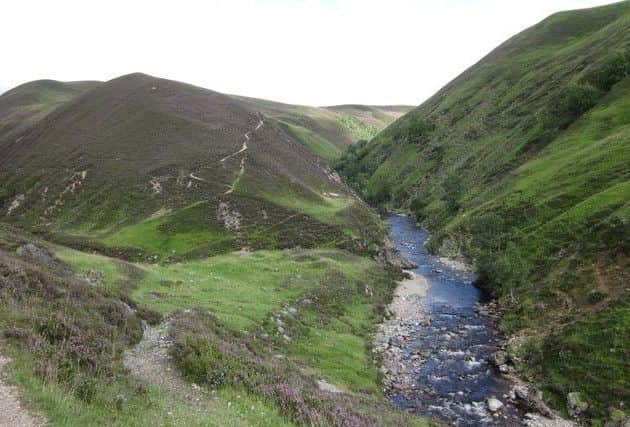Archaeologists to map 'the real Outlander' effect on the Highlands


Edinburgh-based HARP Archaeology will establish how the Jacobite rebellions of 1715 and 1745 and the subsequent Highland Clearances fundamentally altered the countryside, from the abandoned settlements to the widespread building of military roads.
Ian Hill, director of HARP Archaeology, said the work will also highlight the “reality” of the period depicted in The Outlander series, which focuses on Highland clan life around the time of the second rebellion.
Advertisement
Hide AdAdvertisement
Hide AdVisible remains will be used to chart the often brutal social upheaval that followed.


He said: “We are not trying to discount Outlander. Obviously it has caught people’s imagination and got people interested in this period.
“But this is about the ‘real’ Outlander and getting people engaged with the reality of the upheaval of the time.”
Archaeologists will be based around Blair Atholl from June and focus on areas around two key military roads, between Dunkeld and Inverness and Crieff and Dalnacardoch. Both stretches were completed in 1730.


Mr Hill said: “Really up until the mid 1700s the majority of the roads in use were drovers roads and, especially in the Highlands, there was no formal road network.
“The military roads, built following the Jacobite rebellions, opened up the Highlands and allowed the movement of people and goods like never before. That, of course, had a knock on effect on social change.”
The new roads also triggered another fundamental change for the Highlands - the arrival of tourists.
Advertisement
Hide AdAdvertisement
Hide AdMr Hill said it was hoped to identify and compare the landscapes over time, through the eyes of the 18th Century Highlander to the road surveyor, the tourist and the visitor today.
Archaeologist will be looking for a “whole host” of items that reflect the changes of the period, from the actual quarries used for the road building, to the abandoned settlements of the period.”
Glen Tilt, near Blair Atholl, is also of particular interest. It was cleared by the Duke of Atholl during the late 1700s and early 1800s. The remains of at least eight buildings can be found at the former settlement of Auldandue.
Glen Tilt is included in Mr Hill’s ‘Real Outlander’ tours, which take in some of the key archeological sites covered by the research project.
